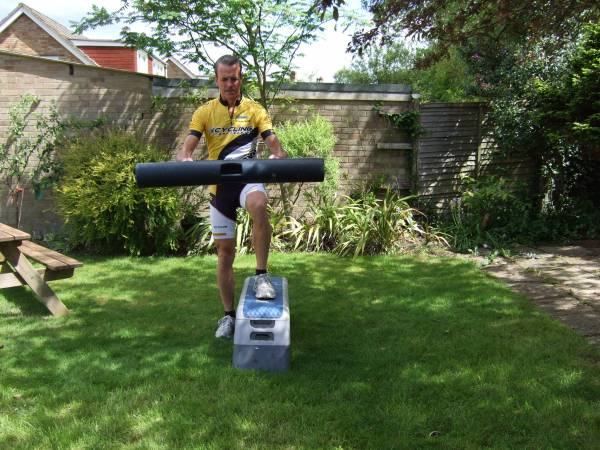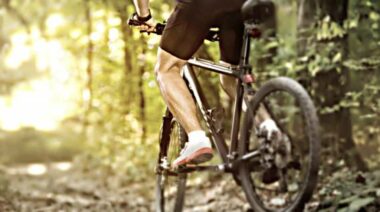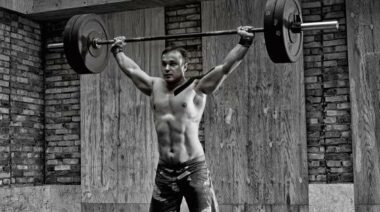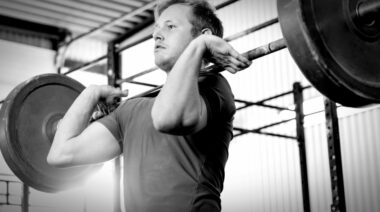We spend a lot of time thinking about strength, power, and the mechanics of cycling. This week we cover another important aspect of cycling performance – the brain.
The Brain Determines How Efficiently You Move
Everything we do is controlled by the brain and the central nervous system. Every muscle fiber in the body is connected to a nerve that in turn is connected by other nerves back to the brain, which controls how that fiber contracts. Every muscle tendon has its tension monitored by other nerve sensors and each joint has its position and pressures monitored by other nerve sensors.
The whole central nervous system is one big feedback system where the body responds to external forces under direction of the brain. The response to conscious and unconscious movement demands are monitored to apply more or less force via each muscle as required.
The brain also controls the secretion of hormones to control the release of nutrients for energy release, respond to the accumulation of waste products, regulate dilation of blood vessels, and adjust heart rate.
In fact, there is an incredible amount of activity that takes place every time you move. The coordination of all these internal activities determines how effectively you move and this in turn affects your cycling performance.
It’s All About Perception
We can see how effectively this feedback system works by reviewing a study undertaken in 1985 by R. P. Clayton. During this study, cyclists were asked to train one leg for several days on a stationary ergometer. As expected, adaptations to exercise occurred and the cyclists become more effective as shown by a reduction in heart rate.
While it might be expected that some improvement in central cardiovascular activity was responsible for this, the cyclists showed no improvement when the non-trained leg cycling was tested. The whole system had adapted to improving the performance of the trained single leg movement.
This approach can be applied to other skills such as balance, reaction time, and speed of movement. I invite you to perform a simple test to show this. This works best if you can record it, but do not have real-time visibility of your pedal cadence.
Start by performing a warm up on a stationary trainer and cycle at a rate that seems comfortable, yet with a brisk pace for a few minutes. Then introduce a two brief sprint sessions lasting approximately twenty seconds, taking your cadence as high as possible. Do make sure it is safe to do this. Then return to what feels like a comfortable yet brisk pace again.
You should find that this second period has a significantly higher cadence than the first period. There will have been little opportunity for any training adaptation in this short experiment, and yet your brain’s perception of speed has changed.
Train the Single Step-Over for Balance and Speed
The adaptation of the complete neuromuscular system can be applied in other ways. Cycling is an activity that requires a continual series of corrections to stay balanced. Do you remember learning to ride? Balance can be trained to help improve cycling and the single step-over is one of my favorite off-the-cycle exercises to do this. It emulates the cycling movement so the training effect transfers.

Performing this exercise slowly and in a controlled manner during the step up and down phases will train balance, as force is applied through the single leg. This can be progressed by holding a weight over to one side or even swinging from side to side.
Performing the exercise quickly will train speed and therefore power as the neuromuscular system adapts to recruit higher numbers of muscle motor units. This can be progressed by holding heavier weights or increasing speed to a jump.
While we have had some brilliant weather of late here in the UK allowing us all to get out on the bike, if the weather turns or your schedule prevents that, why not train the brain?
References:
1. Clayton, R.P., “Selected cardiovascular, sympathoadrenal and metabolic responses to one leg exercise training.” Thesis (Ph. D.). University of Tennessee, Knoxville, 1985.
2. Howley, E. and Thompson, D., Fitness Professionals Handbook. 6th Edition. Human Kinetics.






